
Congrats 🎉 Tom Carmichael for your groundbreaking contributions to our knowledge and treatment of stroke… (but not mentioned anywhere is the foundational macaque PFC neuroanatomy) stemcell.ucla.edu/news/3-ucla-...
23.10.2025 21:51 — 👍 7 🔁 4 💬 1 📌 0@huangfy-tw.bsky.social
Wellcome Early Career Fellow (UOxford) Junior Research Fellow (Wolfson Ox) Neurophys & Computation of Reward, Learning and Decision-making 🧠 🇹🇼🇬🇧 @oxexppsy.bsky.social @wellcometrust.bsky.social @wolfsonoxford.bsky.social

Congrats 🎉 Tom Carmichael for your groundbreaking contributions to our knowledge and treatment of stroke… (but not mentioned anywhere is the foundational macaque PFC neuroanatomy) stemcell.ucla.edu/news/3-ucla-...
23.10.2025 21:51 — 👍 7 🔁 4 💬 1 📌 0


Happy Taiwan National Day from London!
09.10.2025 19:32 — 👍 0 🔁 0 💬 0 📌 0
🎇 Excited to finally share JL Romero Sosa’s publication! Results are from single-cell imaging in different subregions of rat frontal cortex during ✨de novo learning. Spoiler: everything is not everywhere all at once www.nature.com/articles/s41...
08.10.2025 12:33 — 👍 96 🔁 38 💬 3 📌 1

New in @pnas.org: doi.org/10.1073/pnas...
We study how humans explore a 61-state environment with a stochastic region that mimics a “noisy-TV.”
Results: Participants keep exploring the stochastic part even when it’s unhelpful, and novelty-seeking best explains this behavior.
#cogsci #neuroskyence

Talk: Cognition is Emergent - Earl K. Miller
Neuroscience and Philosophy Salon, 9-12-25
youtu.be/Sk4ehOcsDmM?...
🚀Excited to share our project: Canonical Representational Mapping for Cognitive Neuroscience. @schottdorflab.bsky.social and I propose a novel multivariate method to isolate neural representations aligned with specific cognitive hypotheses 🧵https://www.biorxiv.org/content/10.1101/2025.09.01.673485v1
05.09.2025 16:18 — 👍 78 🔁 30 💬 1 📌 2
Amygdala–liver signalling orchestrates glycaemic responses to stress
www.nature.com/articles/s41...

A pancreas–hippocampus feedback mechanism regulates circadian changes in depression-related behaviors
www.nature.com/articles/s41...

“You’ll need to make sure that your glass is held lower than the others when toasting.”
Jiehao Chen and @CrossleyGabriel consider drinking etiquette in China, on “Drum Tower”
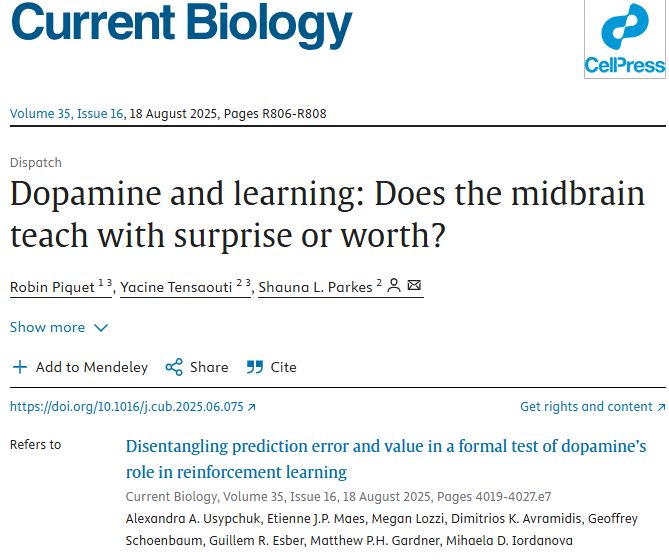

New Dispatch in @currentbiology.bsky.social w/ @RobinPiquet & @dryacinetensaouti.bsky.social highlighting elegant work from the @iordanova.bsky.social lab that formally disentangles whether dopamine signals reward prediction errors or value.
authors.elsevier.com/a/1ldGk3QW8S...

And a podcast at Brain inspired www.thetransmitter.org/brain-inspir...
21.08.2025 00:20 — 👍 7 🔁 3 💬 0 📌 0
Very timely and insightful OpEd by Prof. Cory Miller on WSJ. It lays out an important point - Advanced AI cannot be developed in a vacuum without understanding the sophisticated machines we have in our brains.
www.wsj.com/opinion/the-...

Multispecies characterization of immature neurons in the mammalian amygdala reveals their expansion in primates @PLOSBiology.org
19.08.2025 14:16 — 👍 3 🔁 2 💬 0 📌 0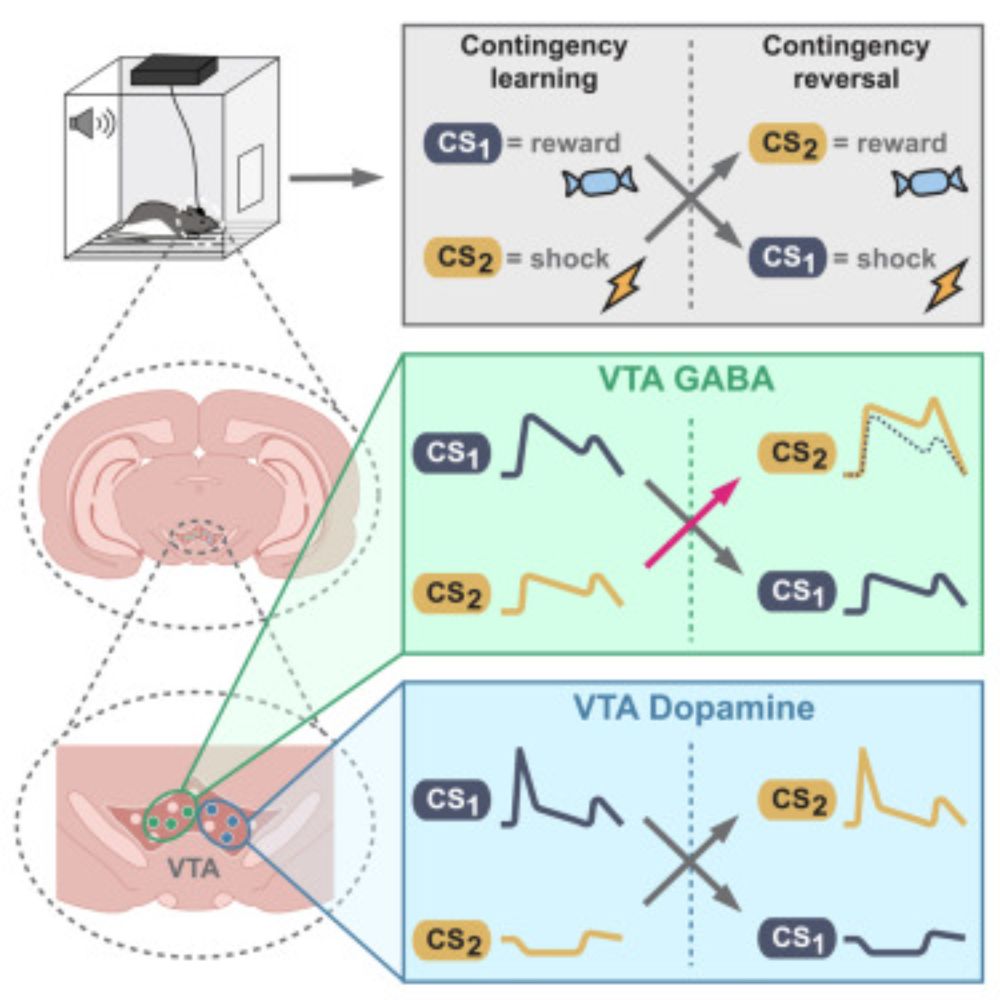
New lab paper by @merridee.bsky.social identifying a novel role for VTA GABA neurons in behavioral flexibility
GABA, but not dopamine, neuron activation correlates with behavior when cues unexpectedly shift from predicting punishment to predicting reward www.sciencedirect.com/science/arti...

My first paper with @naoshigeuchida.bsky.social is finally out in @natcomms.nature.com ! rdcu.be/eACGf
TL;DR: asymmetric learning rates can be induced by shifts in tonic dopamine giving rise to pessimistic/optimistic biases in agents or animals undergoing reinforcement learning .

A trip to the economist might help you. But their prescription will depend on how old you are and what has already gone wrong in your life
12.08.2025 17:40 — 👍 8 🔁 2 💬 0 📌 0I still get chills
Meet Mike
*30+ years severe depression
*first hospitalized @ 13y
*20 meds
*3 rounds of ECT
*2 near-fatal suicide attempts
Mike felt joy for the first time in decades after we turned on his new brain pacemaker or PACE
see videos, read paper, follow thread
doi.org/10.31234/osf...

Happy Father’s Day in Taiwan 🇹🇼
08.08.2025 12:28 — 👍 1 🔁 0 💬 0 📌 0
Happy to have some good science news - our new study with @aqperkins.bsky.social is out in @plosbiology.org!
dx.plos.org/10.1371/jour...

📢 Job announcement: Two (!) 3-year postdoc jobs in our lab at UCL 📢
🧠💫🔊 We are looking for postdocs interested in the abstract mechanisms underlying social cognition. Modelling, fMRI and non-invasive ultrasound, a new deep-brain stimulation method.
Please RT
www.ucl.ac.uk/work-at-ucl/...
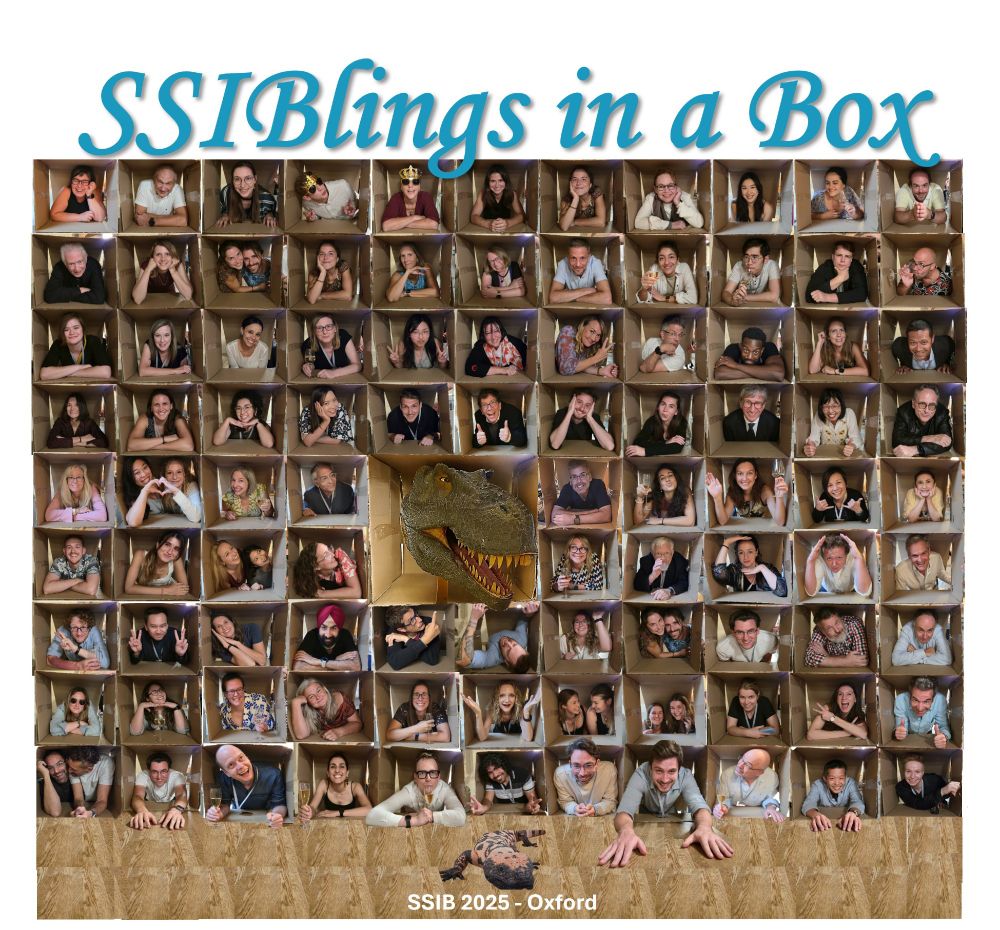
Christmas has come early....SSIBlings in a box!
#SSIB2025 Oxford, UK
A landmark volume, The Handbook of Dopamine, is now online:
www.sciencedirect.com/handbook/han...
Big kudos to the editors, Stephanie Cragg and Mark Walton, for putting this together.
Loved watching this and waiting for the human brain at the end. What an amazing visualization
04.08.2025 13:19 — 👍 32 🔁 7 💬 1 📌 0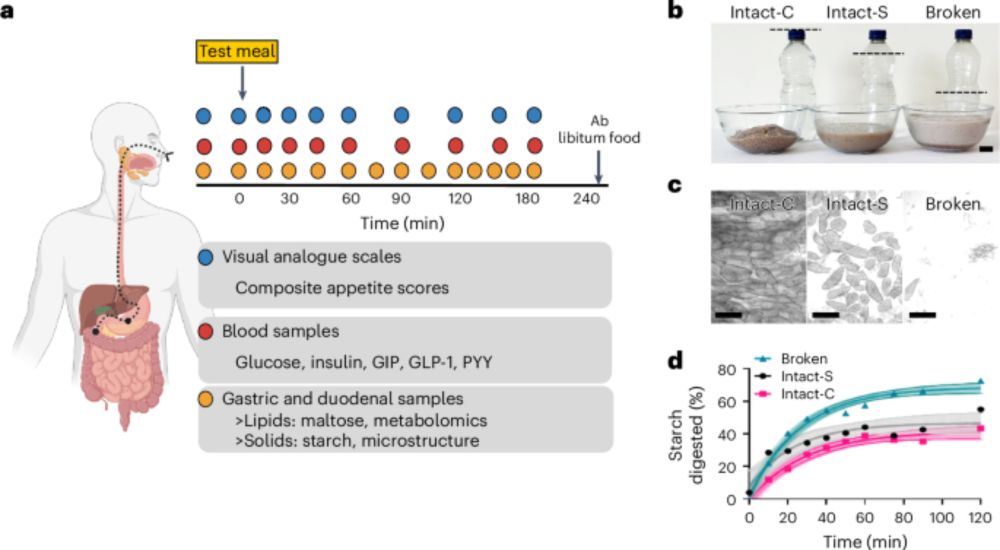
RESEARCH | 🧪
M Cai, G Frost, C Edwards et al
@imperialcollegeldn.bsky.social @quadraminstitute.bsky.social
This study compares how meals with contrasting cellular structures affect postprandial luminal metabolites, glycaemia, gut hormones and satiety sensation.
www.nature.com/articles/s42...

🚨New paper🚨
Neural manifolds went from a niche-y word to an ubiquitous term in systems neuro thanks to many interesting findings across fields. But like with any emerging term, people use it very differently.
Here, we clarify our take on the term, and review key findings & challenges rdcu.be/ex8hW
Thank you, Nils! Your talk is exciting, too! I am planning to combine neurostim with my recording soon. Your noninvasive approach seems promising for my exp! Would love to know more about the technology from you!
31.07.2025 17:16 — 👍 1 🔁 0 💬 0 📌 0
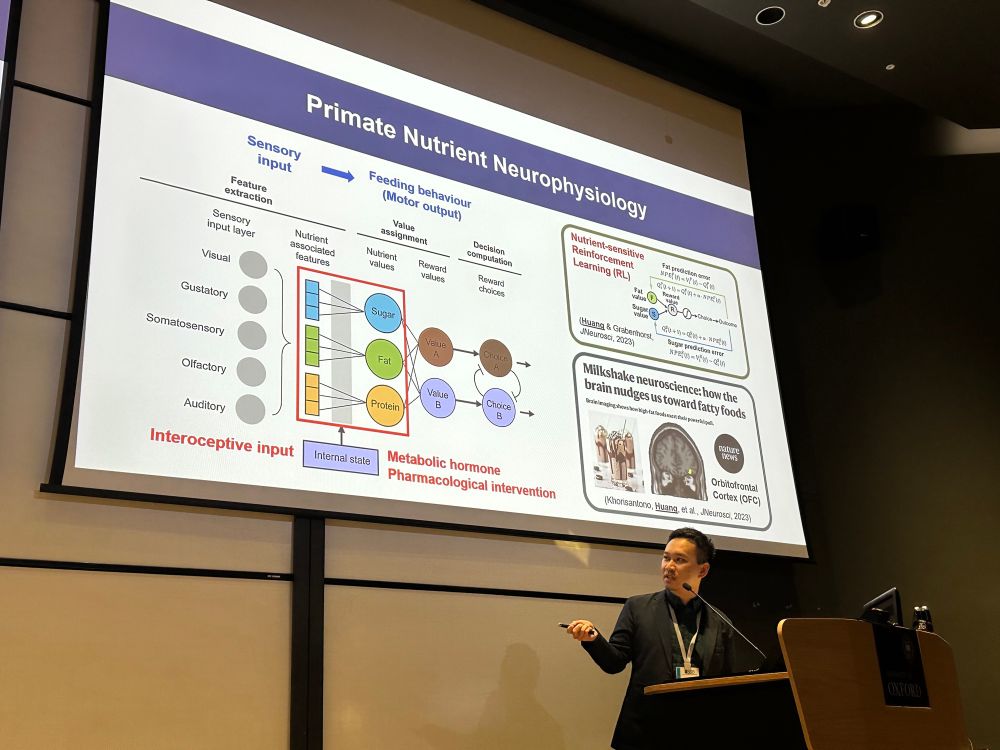
Thanks @ssibsociety.bsky.social fir the opportunity to share my research at my second SSIB conference. Loved the discussions with you all! #ssib2025
31.07.2025 16:35 — 👍 7 🔁 1 💬 1 📌 0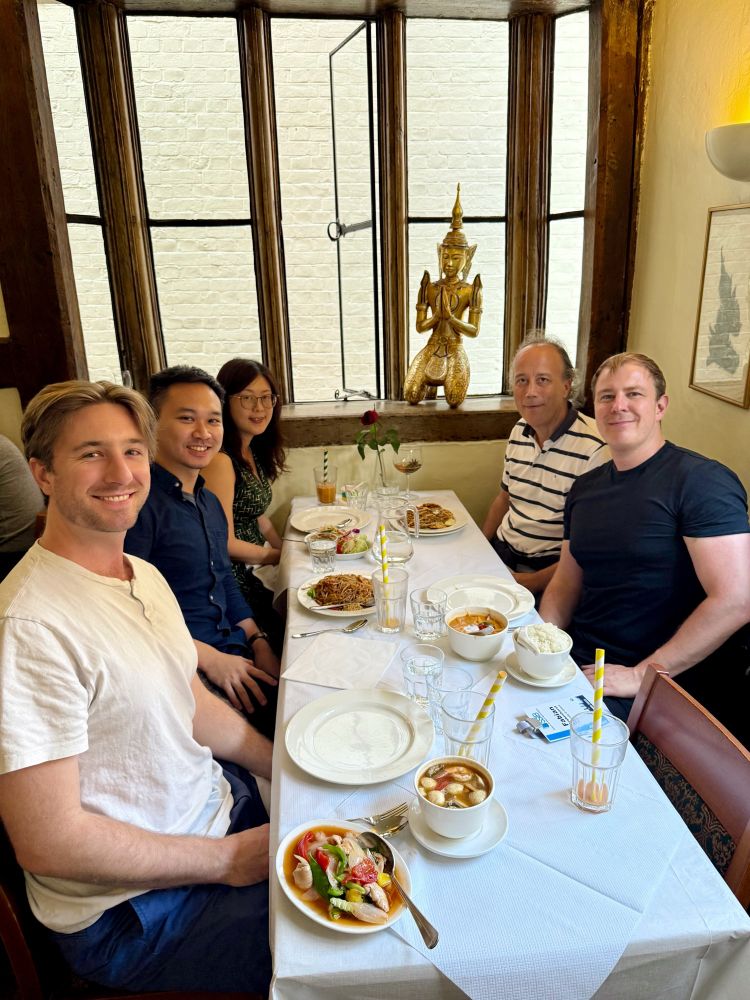
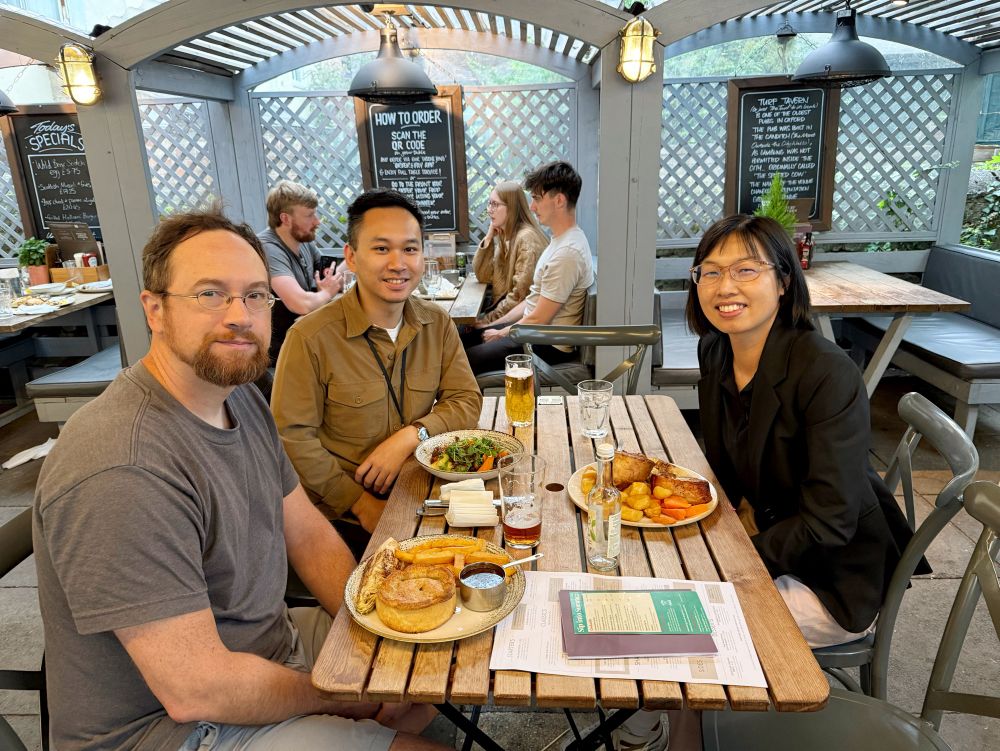

Great to have @ssibsociety.bsky.social in town! Please enjoy Oxford and hope to meet and discuss with you more in the coming days! (feel free to reach out if you need amy restaurant/pub advice!)
28.07.2025 23:17 — 👍 1 🔁 0 💬 0 📌 0
The countdown is on!
Who's headed to Oxford for #SSIB2025!
Join us for cutting-edge science, networking, and the historic charm of one of the world’s oldest universities.
Stay tuned for updates throughout the week. 🇬🇧
#IngestiveBehavior #Neuroscience #Oxford #SSIB
High-density, Identified Cell Recordings from Motor Cortex of Awake Behaving Macaques using 1024-channel SiNAPS-NHP Probes https://www.biorxiv.org/content/10.1101/2025.07.22.665434v1
25.07.2025 23:15 — 👍 5 🔁 3 💬 0 📌 0